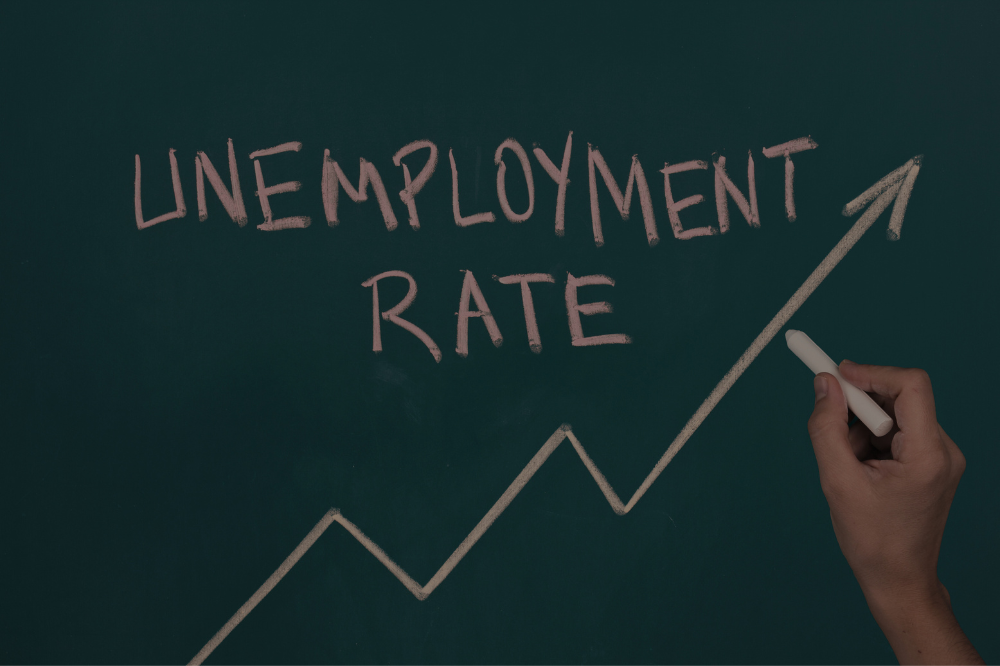Canadian Unemployment Rate Rose to 6.4%, especially among youth, according to Statistics Canada!
The Canadian unemployment rate rose to 6.4% in June, up from 6.2% in May, according to Statistics Canada. This continues the upward trend that began in April 2023. The rise was slightly higher than analysts’ expectations of 6.3%.
Since April of last year, Canada’s unemployment rate has climbed 1.3%. On top of that, 17.6% of unemployed workers had been out of work for 27 weeks or more in June, indicating that job seekers are finding it increasingly difficult to secure employment in a challenging labor market.
Canada’s labor market stalled in June, losing a net 1,400 jobs. This was weaker than expected, as analysts had forecast a net gain of 22,500 jobs. However, the unemployment rate is now the highest since January 2022, excluding the COVID-19 pandemic years.
The unemployment rate among youth reached 13.5% in June, the highest since September 2014, excluding the pandemic years (2020-2021). The employment rate for youth aged 15 to 24 has been declining since April 2024, dropping to 54.8% in June. Returning students are also struggling to find summer jobs, with an unemployment rate of 15.9%.
The labour decline included a loss of 3,400 full-time jobs, that were partially offset by an increase of 1,900 part-time jobs. There were job declines in transportation and warehousing (-12,000 jobs), public administration (-8,800 jobs), culture and recreation, construction, and professional and technical services. Conversely, employment increased in accommodation (+17,000 jobs), food services, and agriculture (+12,000 jobs).
Ontario’s unemployment rate rose to 7%, while Alberta’s slightly decreased to 7.1%. The highest unemployment rates were in Newfoundland and Labrador, Nunavut, Prince Edward Island, and New Brunswick.
The weaker-than-expected job market data has increased the likelihood of a Bank of Canada rate cut in July, with market bets rising to around 55%. The Bank of Canada, which cut rates in June for the first time in over four years, is expected to continue its rate-cutting cycle if inflation remains under control.
Despite the increase on unemployment, June saw continued wage growth, with average hourly wages increasing by 5.4% compared to the previous year, up from 5.1% growth in May.

